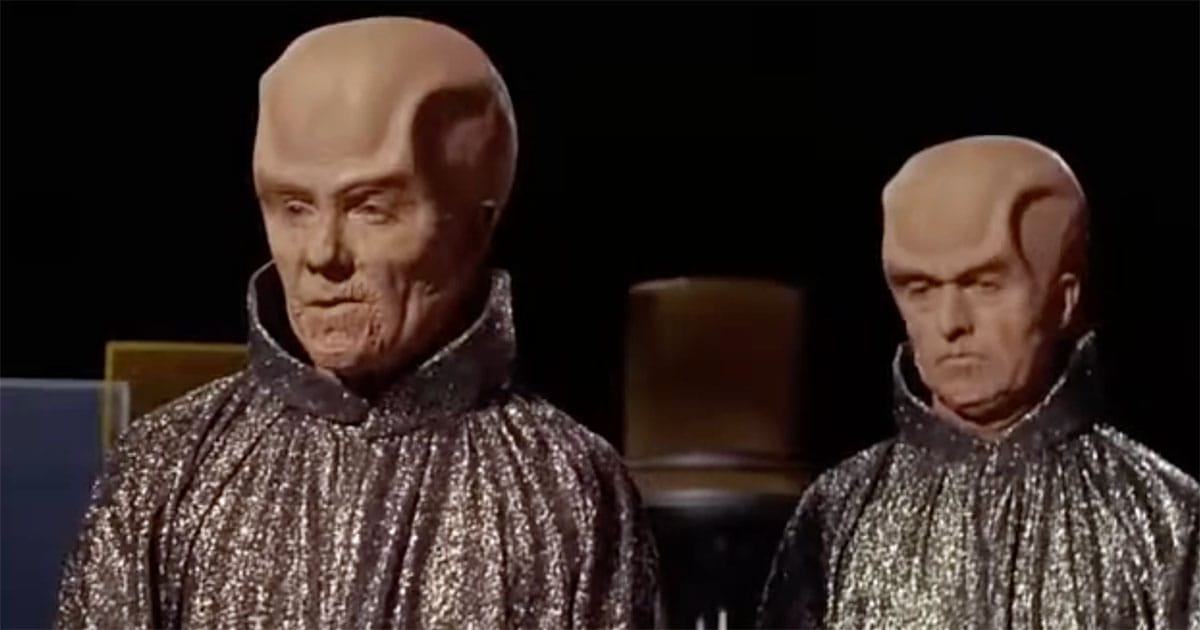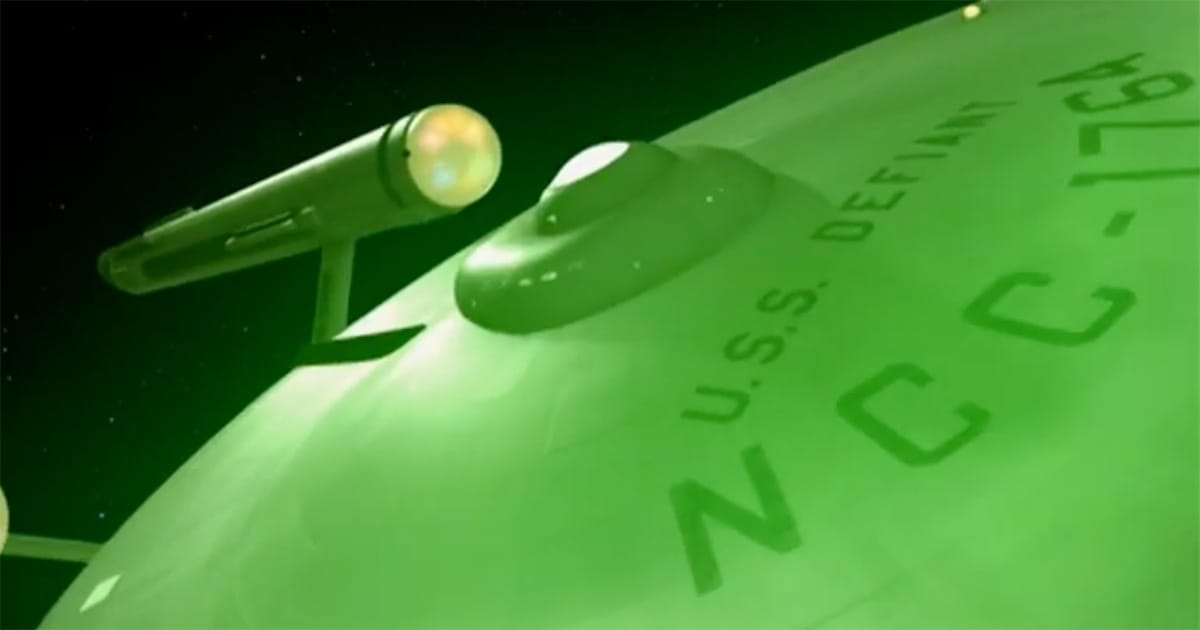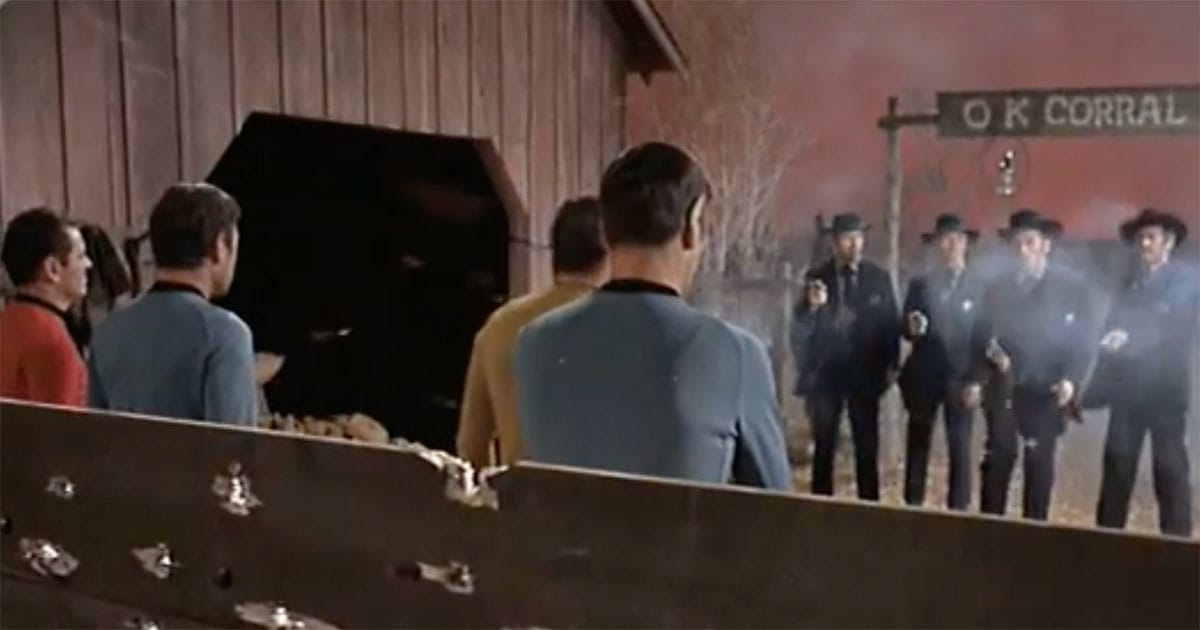Why Star Trek’s Most Bizarre Episodes Stand the Test of Time
Explore how “Star Trek” embraced the strange through surreal and philosophical episodes that challenged reality, tested reason, and proved that the weirdest stories endure the longest.

The Purpose of the Strange
From its first broadcast in 1966, "Star Trek" promised stories about exploration and reason, yet it often drifted into the territory of dreams. Beneath the crisp uniforms and rational dialogue, the series carried an undercurrent of the uncanny.
Viewers expecting technical adventure sometimes found themselves in stories closer to philosophical fables than military science fiction. The result was a show that dared to be both precise and mystical.
The weirdness of "Star Trek" was not a failure of restraint. It was a creative decision born from the ambition to stretch television storytelling beyond the limits of sets and budgets. The writers and directors turned minimal resources into strange visions that hinted at the infinite. The series found ways to make its limitations feel like glimpses into another dimension.
This taste for the surreal gave "Star Trek" its lasting strength. When Captain Kirk and his crew wandered through painted skies or flickering corridors of light, they were not lost. They were confronting questions about reality and conscience that still echo through modern science fiction. The weird became the vessel for wonder, reminding audiences that reason and imagination can share the same bridge.

The Original Series – The Stagecraft of the Surreal
The first "Star Trek" thrived on constraint. Working with limited sets and tight schedules, the creators relied on light, color, and sound to suggest entire worlds.
The resulting atmosphere was theatrical rather than cinematic, giving the show its distinctive tone. Its weirdness was not decoration but necessity, born from the belief that ideas could be more powerful than spectacle.
"The Tholian Web" turned the emptiness of space into a glowing geometric trap. Captain Kirk, suspended between dimensions, became a symbol of duty persisting beyond the edge of perception.
The angular web surrounding the Enterprise glimmered like a metaphysical puzzle, a reminder that the unknown could be both dangerous and orderly. In that tension between fear and discipline, the series found its signature mood.
"Spectre of the Gun" carried that vision further. Forced to reuse a few wooden structures, the crew reimagined the American West as a ghostly half-finished dream. The crimson sky, the echoing gunshots, and the blurred outlines of buildings suggested a universe built on perception itself. The story was less about cowboys and more about the power of belief to shape reality.
Then came "The Empath," one of the boldest experiments in televised science fiction. The set was stripped bare, the lighting theatrical, and the action almost liturgical. The story of a mute woman who heals through suffering felt closer to a moral parable than an adventure. Its simplicity gave it gravity, turning a bottle episode into an allegory of compassion and sacrifice.
The strangeness of these episodes reflected the 1960s spirit of inquiry, yet their core remained classical. Each used surreal imagery to reaffirm courage, reason, and the moral duty to act. "Star Trek" never treated weirdness as rebellion. It treated it as revelation.
The Seventies Interlude – Lost Decade, Growing Legend
When "Star Trek" left network television in 1969, it seemed finished. Yet the early 1970s proved that the strange power of the series had only begun to grow. Syndicated reruns turned late-night television into a laboratory of rediscovery. A new audience found fascination in the eerie colors and moral puzzles that had once confused critics.
Freed from weekly production, the show became a myth. Fans gathered at conventions and traded theories about what the episodes had really meant. The weird ones, once seen as curiosities, came to symbolize the creative soul of the franchise. They carried the essence of what made "Star Trek" more than a space adventure—its ability to wonder aloud about the nature of existence.

When "Star Trek: The Motion Picture" arrived in 1979, it was shaped by that rediscovered mysticism. The film's vast images of light and consciousness echoed the abstraction of "The Tholian Web" and "The Empath." It was slower and more contemplative, as if the show's old dream sequences had been expanded into cinematic grandeur. The weird had matured into majesty, still faithful to the belief that man's highest duty is to seek understanding, no matter how strange the path may be.
The Next Generation and Deep Space Nine – The Inner Frontier
By the late 1980s, "Star Trek" had traded its painted skies for polished starships, yet the spirit of strangeness remained. "The Next Generation" shifted the weirdness inward, exploring the boundaries of the human mind rather than the edges of the galaxy. The stories became psychological voyages, examining memory, identity, and illusion. The Enterprise itself became a stage for thought experiments about the nature of consciousness.

In "Frame of Mind," Commander Riker loses his grasp on reality while rehearsing a play about madness. The shifting sets and blurred transitions make the viewer question what is performance and what is real. The episode's quiet terror lies in its restraint. By trapping a man of reason inside uncertainty, it distilled the essence of "Star Trek’s" weirdness—faith in truth even when the world turns fluid.
"Mask" took a different path. An alien archive reprograms the ship and transforms Data into a vessel for lost gods. The episode's strangeness lies in its confidence. It asks the audience to accept myth and machinery as equal expressions of knowledge. The blend of ritual and technology gave the story a symbolic weight that felt closer to mythology than science fiction.
"Deep Space Nine" brought that maturity to its height with "Far Beyond the Stars." Captain Sisko becomes a 1950s writer who dreams of a space station that may or may not exist. The story folds imagination back upon itself until faith becomes the only way to hold meaning together. It was both a tribute to science fiction's creative power and a meditation on belief.
By the time "Voyager" arrived with its own nightmares and illusions, the weird had become a familiar companion. The show's vision of fear and courage inside virtual landscapes continued the tradition that began in the 1960s. "Star Trek" no longer needed alien colors to unsettle the viewer. The human mind had become the final unexplored frontier.

Strange and True – The Enduring Power of the Unfamiliar
Across every version of "Star Trek," the episodes that linger are often the ones that seemed too strange at first glance. They were quiet challenges to convention, using abstraction and unease to reach for deeper truths. The series never mocked its own weirdness. It treated the uncanny as a legitimate part of man's search for order in the universe.
The oddest episodes succeeded because they trusted the viewer's intelligence. They invited reflection instead of a simple reaction. Whether it was Kirk lost in an empty Western or Sisko lost in another man's dream, the weirdness always led back to conscience and reason. The strange became a test of faith in human judgment.
Today, science fiction is richer in effects but poorer in mystery. The dreamlike episodes of "Star Trek" remind us that awe does not depend on technology. It depends on courage—the willingness to look at something that makes no sense and believe it still holds meaning. That is why the weird endures. It keeps "Star Trek" honest about what it always promised was that man's greatest adventure lies not in conquering the unknown, but in understanding it.

